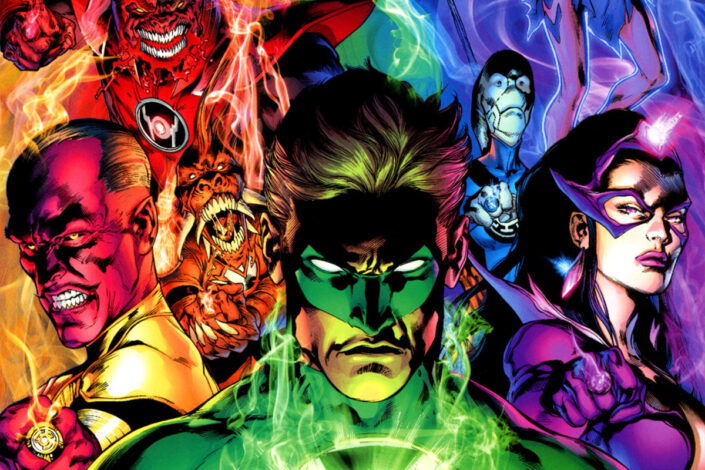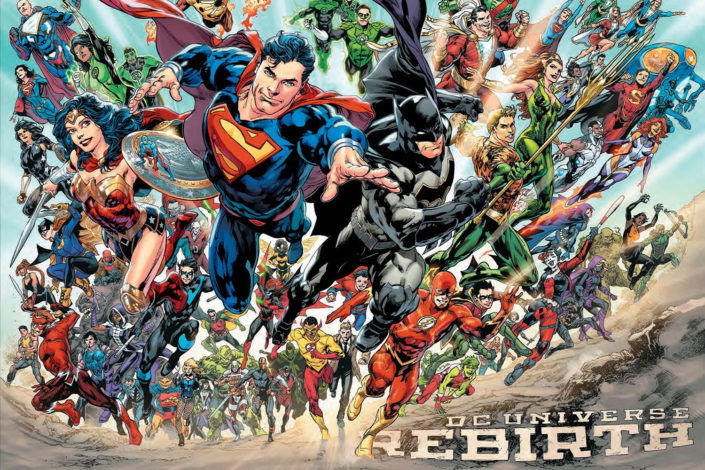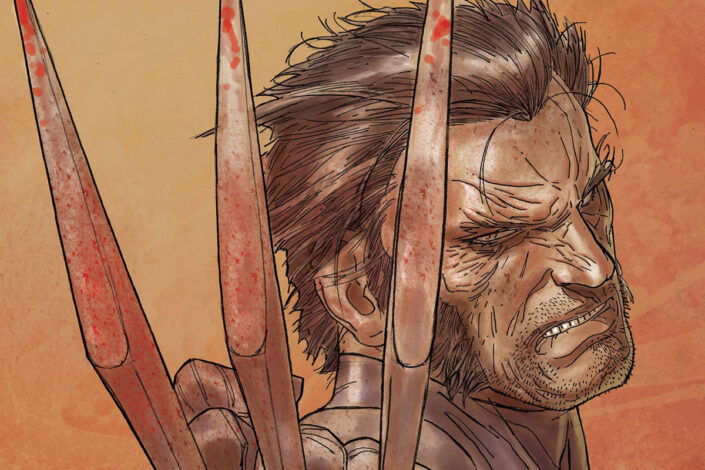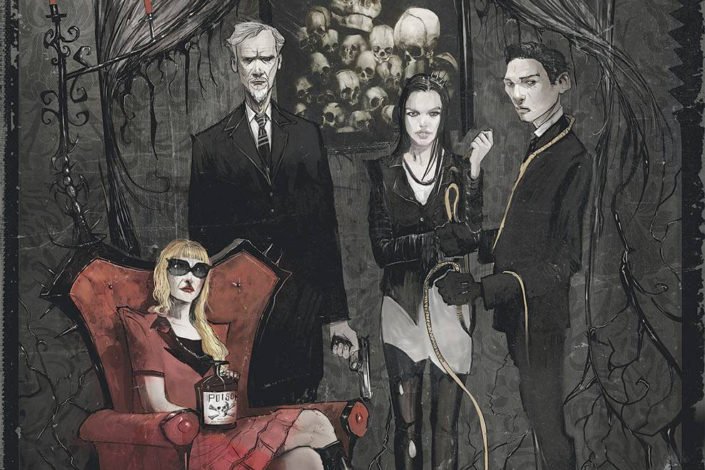Power Rangers Comics Reading Order (by Boom! Studios)

The Power Rangers is an American franchise based on the Japanese franchise Super Sentai. The first Power Rangers entry, the television series Mighty Morphin Power Rangers, aired between 1993 and 1998 on FOX Kids and became a 1990s pop-culture phenomenon with a large line of toys.
The franchise has pursued its extension with other television series, movies, toys, video games, books, and, of course… comic books! Throughout the years since the 90s, there are been multiple publishers (like Marvel, Image, and Disney).
Today we’re talking about the line of Power Rangers comics launched in 2016 by Boom Studios, presented as a mix of classic concepts and new ideas.
What to read/watch before the comics Power Rangers?
The Boom comics are based on the 90s television series, Mighty Morphin Power Rangers, with the stories taking place in a more modern setting (with smartphones).
Being familiar with it is a good thing, but it’s not an obligation. even if the comics assume you possess some familiarity with the series and the characters, you can still read them and enjoy them without it. It’s your choice.
- Mighty Morphin Power Rangers, the television series
Beyond the television series, it’s also a great place to indicate that Boom Studios republished old stories from other publishers:
- Mighty Morphin Power Rangers Archive, Vol. 1 (also in Deluxe Edition)
Collects Mighty Morphin Power Rangers [Hamilton Comics] Volume 1-2, Mighty Morphin Power Rangers: Saga #1-3, Mighty Morphin Power Rangers [Marvel Comics] #1-7, Mighty Morphin Power Rangers Ninja Rangers #1-5, and Mighty Morphin Power Rangers [Image Comics] Zeo #1. - Mighty Morphin Power Rangers Archive, Vol. 2 (also in Deluxe Edition)
Collects comics from Valiant, Image and Papercutz such as Power Rangers Zeo Image #1, Power Rangers Turbo #1-2 Power Rangers Super Samurai #1-2, Papercutz Megaforce #1-2, Papercutz MMPR #1-2, Papercutz FCBD 2014, as well as additional Power Rangers activity pages and letters!
Read More »Power Rangers Comics Reading Order (by Boom! Studios)








